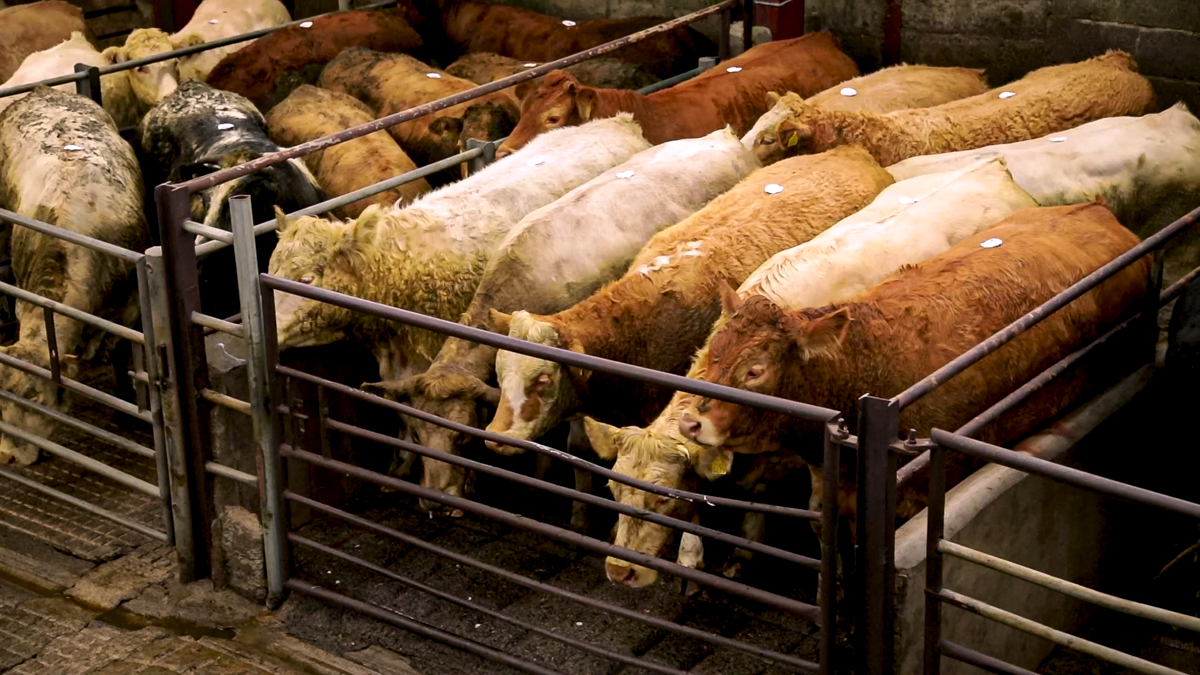2022 has been a year like no other in terms of movement in cattle price. Irish beef price has increased by €1/kg in the past five months.
For the week ending June 12, 2022, the average Irish R3-grade steer price was €5.32/kg, the highest price in living memory. Just five months ago, in the week ending January 15, 2022, that price was at €4.32/kg, marking an increase of €1/kg in five months.
Please note that prices quoted are deadweight prices and exclude VAT.
While cattle price has increased, input costs have soared and the three main inputs on many beef farms, feed, fuel and fertiliser, have all reached record prices too. This has led to many beef farmers saying they are little to no better off from the increases seen in cattle prices this year.
Irish beef price
Approximately 90% of the beef produced in Ireland is exported, thus global affairs have a significant influence on Irish cattle prices.
Looking at the past decade, overall, Irish beef price generally traded somewhere slightly ahead of the average EU beef price and below the UK price with some exceptions to this from time to time.
According to Bord Bia, this is because Irish beef is, by and large, sold at a premium to local product in many European countries.
The Irish food board has said that customers in these EU markets “readily recognise the different visual appearance and eating quality attributes of prime Irish steer and heifer beef in comparison with the local offer”.
However, this month, the Irish beef price has surpassed the EU price for the first time since last October and the UK beef price for the first time in 11 years.
This month, the average EU beef price fell to €4.87/kg – as of the week ending June 12, this year – from a high of €5.17/kg in April.
UK beef price dipped slightly in May and picked up in June with the average UK R-3 grade steer price at €5.26/kg as of the week ending June 12, according to Bord Bia’s Cattle Price Dashboard.
Potential problems?
Bord Bia has indicated that higher beef prices “are posing difficulty to many consumers facing inflationary pressures on their household expenditure across the board”.
It added: “This has led to some European customers of Irish beef putting a greater focus on other proteins such as pigmeat and poultry, which remain more competitive in price terms.”
In February this year, Agriland reported that cattle prices were looking good until the longest day of the year; Today (Tuesday, June 21) is just that, and cattle prices have fallen for this week.
Predicting what way the cattle trade will go is simply speculation. Even seasoned cattle buyers didn’t predict the way beef prices would go this year, so how as to how it will go in the next six months is anyone’s guess.
Irish beef prices have eased over the past two weeks and, depending on what direction beef prices go in the UK and mainland Europe, they will either fall or rise accordingly to a price that remains competitive in these markets.
Throughput
On a more positive note for farmers, there is no ‘deluge’ of finished cattle expected in the coming weeks.
Weekly factory cattle throughput has declined for the past four consecutive weeks (up to week ending June 12).
While weekly kills have fallen, the overall throughput is running over 75,000 cattle ahead of last year.
If beef demand picks up again into July and August, a price rise could possibly be on the cards again; but for now, prices are back.
In the meantime, the best advice to farmers is sell cattle as they come fit, keep costs to a minimum and bargain hard with procurement staff before moving finished cattle on.
